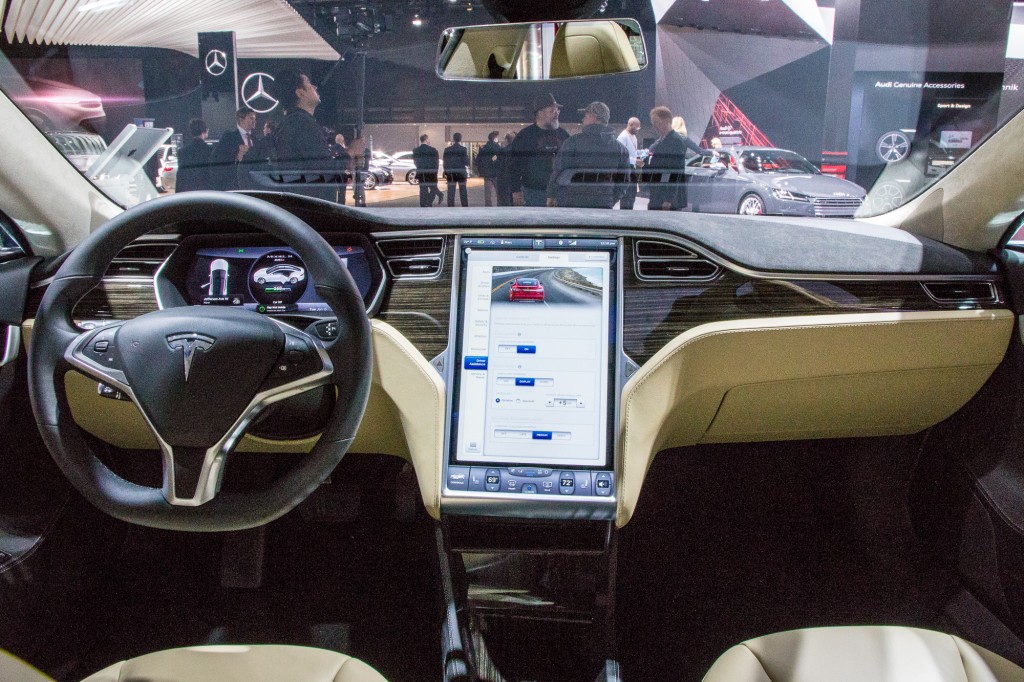Norway is widely acknowledged as one of the world's friendliest places for electric cars.
A combination of aggressive incentives, public interest, and short average commuting distances have led to relatively high electric-car sales.
That makes it one of the only places in the world where, in certain months, the Tesla Model S has achieved the status of single best-selling new car.
DON'T MISS: World will follow Norway's lead on electric cars, minister says
But that doesn't mean Tesla is immune to the occasional grievances brought up by dissatisfied customers.
The company recently settled a lawsuit brought by 126 Norwegian Model S owners over claims of lower-than-advertised performance, reports Reuters.
The suit concerned the Tesla Model S P85D, a performance version of the Model S that is no longer in production.

Tesla Model S P85D, 2015 Detroit Auto Show
The 85-kilowatt-hour P85D was superseded by the P90D and P100D versions, which have 90-kWh and 100-kWh battery packs, respectively.
Plaintiffs claimed the cars produced less power than Tesla advertised, and were slower in 0-to-100-kph (0-to-62-mph) acceleration.
Last week, lawyers for both the owners and Tesla told the Oslo District Court in a joint letter that they wished to withdraw the case, which had been due to start Monday.
Tesla agreed to pay 65,000 crowns ($7,700) to each affected owner, or about half of what the owners had asked for, reported Norwegian business newspaper Dagens Naeringsliv.
The automaker, which has denied claims that it misled buyers, also offered buyers the option to upgrade their cars, the paper said.
There has been some confusion about the real-world power output of the P85D and other dual-motor all-wheel drive Tesla electric cars since introduction.

Tesla Model S P85D, 2015 Detroit Auto Show
Tesla originally quoted an output of 691 horsepower for the P85D, the combined shaft output of its front and rear electric motors.
But, in a 2015 blog post, Tesla CTO JB Straubel noted that limitations in the flow of electricity from the battery pack to the motors meant that specified amount of power would not necessarily be available at any one time.
Shaft-horsepower output is a "more consistent rating," and legally required in the European Union, Straubel said at the time, but it is not always the same as the power that can be measured based on the electrical output of batteries.
_______________________________________________












